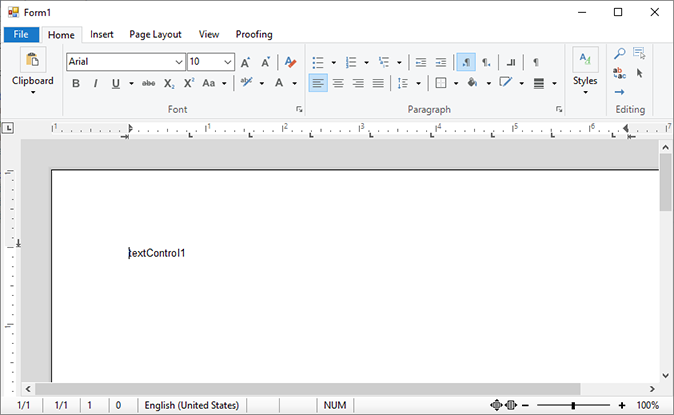TX Text Control .NET for Windows Forms Windows Forms GuideTutorial: Getting Started with Windows Forms (.NET Framework)
TX Text Control is a royalty-free, fully programmable rich edit control that offers developers a broad range of word and document processing features in a reusable component designed for Visual Studio. It provides comprehensive text formatting, powerful mail merge features and all word processing key concepts such as table support, images, headers and footers and page sections.
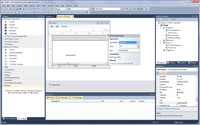
The source code for this example is contained in the following directories:
1. Open Visual Studio 2022 and create a new project. Select C# or Visual Basic from the Languages drop-down list, Windows from the Platform list and Desktop as the Project Type. Find the project template Windows Forms App (.NET Framework) and confirm with Next.
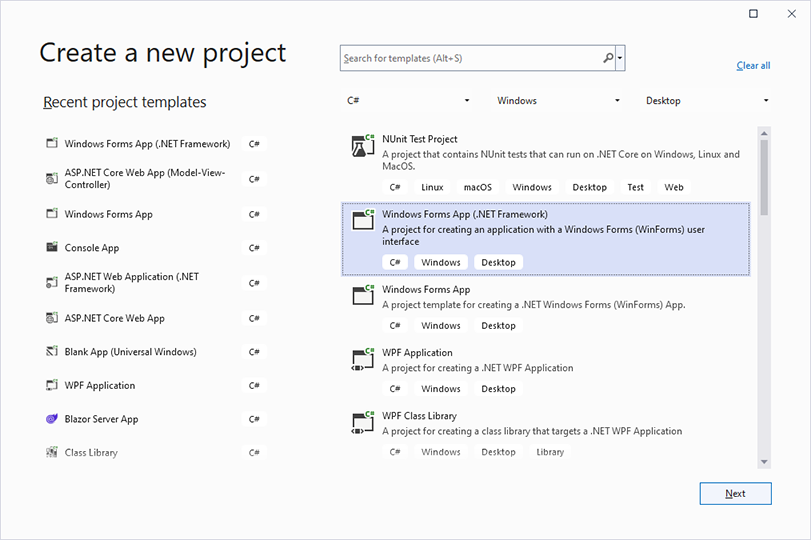
2. Specify a project name, select .NET Framework 4.8 from the Framework drop-down list and confirm with Create.
3. Find the TX Text Control 31.0 toolbox tab that has been created automatically. All usable TX Text Control controls or components are listed in this tab.
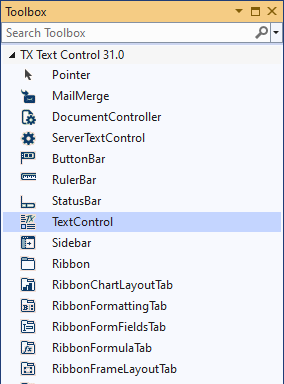
4. Select the icon TextControl and draw it onto the opened form.
5. Click on the Smart Tag in the upper right corner of TextControl. In the Wizards group, click on Add a Ribbon, Add a Status Bar, Add a Ruler Bar and Add a Vertical Ruler. Finally, click on Arrange Controls Automatically. The controls are now connected and docked to fill the container:
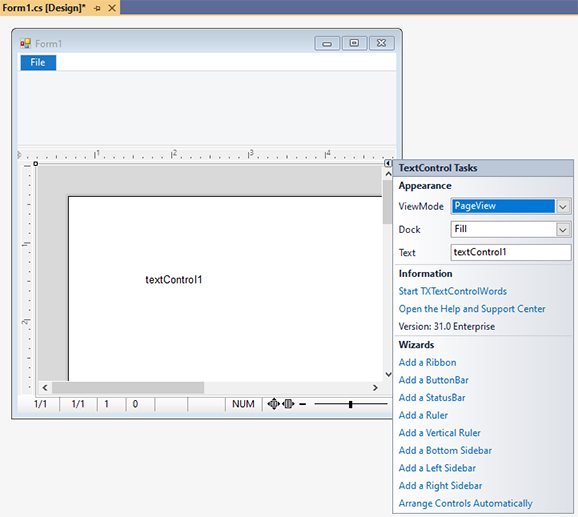
6. On the form, select the ribbon control by clicking the blue File tab title in order to click on the Smart Tag in the upper right corner of the ribbon control. Click on Add a RibbonFormattingTab, Add a RibbonInsertTab, Add a RibbonPageLayoutTab, Add a RibbonViewTab and Add a RibbonProofingTab.
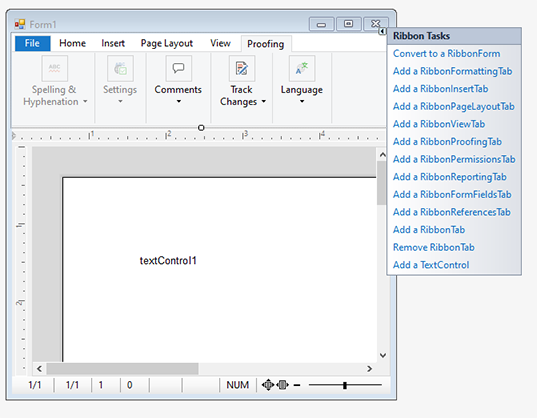
7. Build and start the application.
